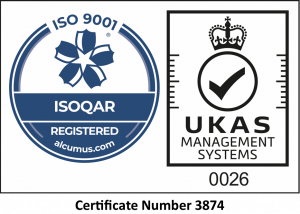Casting and Forging are two production methods often found side by side in many foundries and yet quite different in their results. What are their strengths and weaknesses and why might they still need to be machined?
What are Castings?
The basic Casting process involves heating up a metal until it is in a molten form and then pouring this into a die where it will cool to form a specific shape. There are several different Casting Processes such Sand Castings and Lost Wax Castings.
The benefit of casting a component is that intricate shapes can be produced with tight tolerances. A wide variety of materials can be cast (depending on the process in play) and castings range in size. The disadvantage with Castings is that although the same pattern/die may be used there may still be a small amount of variation between castings.
Castings may need to be machined to provide sealing surfaces or perhaps threaded holes onto the surface. Most often a foundry will make a component selectively oversized so as a whole area can be machined to tolerance.
What are Forgings?
In the Forging process a metal is heated up and then placed between two halves of a mold, which is then squeezed/hammered/manipulated into a desired shape.
Forgings are generally simpler then Castings, but do have an advantage in having a higher tensile and fatigue strength with less porosity. So where you have a relatively simple component that is likely to encounter a lot of strain, forging may be an option.
There are a lot of shapes that forging can’t produce and this is where CNC may compliment the production process. Internal Threads or tapped holes for instance would be better implemented through a CNC machine.
Bronte Precision can work with both Cast and Forged components and have a niche in large sized parts usually with a higher level of complexity of them. We are ISO 9001 certified and deliver across the UK.






